By Louise Irvine
Strange Clay, a recent exhibition at the Hayward Gallery in London’s Southbank, explored the potential of this ancient material as a phenomenon in the modern art world. A visit to this amazing show featuring 23 international artists inspired this review of contemporary ceramic artists in the WMODA collection. Arthur Wiener’s fascination for objects made of clay extends from 18th century Wedgwood ware to new work by British and American ceramic artists. Humble clay can be very strange indeed!
The vast ceramics collection at WMODA allows us to explore the connections between the past and the present in contemporary fired arts. Arthur Wiener’s taste may not be as extreme as Lindsey Mendick’s Till Death Us Do Part installation at the Hayward which features a household hell overrun with ceramic vermin, but her invasive rodents are reminiscent of George Tinworth’s mice which reveal human foibles of the Victorian era.
Roger Cockram b. 1947 British
Arthur Wiener visited Roger Cockram at his Chittlehampton Pottery in 2014 and has commissioned several unique stoneware and porcelain works reflecting their shared love of the ocean. Roger was a marine biologist before becoming a potter and his ideas spring from the movement and power of water and its influence on the lifeforms in and around it.
Andrew Hull, b. 1966 British
Andrew Hull is a ceramic sculptor with his own pottery in Stoke-on-Trent. He specializes in stoneware sculptures of caricatured birds and dragons inspired by the Martin Brothers who he studied at art school. He created the Enchantica range of fantasy sculptures before moving to Cobridge Stoneware where he explored his love of bizarre Victorian ceramics.
Dr. Peter Meanley b. 1944 British
Dr. Meanley taught ceramics at the University of Ulster where he became interested in salt-glazing and was awarded a Ph.D. for his research. The discovery of an 18th century teapot led him to specialize in unique pouring vessels. He revived the British Toby Jug tradition with large-scale portraits of the G8 leaders for the 2013 summit in Northern Ireland. Meanley represented Northern Ireland at the Smithsonian Folklife Festival in 2007.
Helen Nottage b. 1980 British
Helen Nottage explores the fragility of the human condition in terracotta and seeks inspiration in fairytales, myths, and folklore. This involves various interpretations of decay as both a literal process and a state of mind. Her influences include Professor Gunther Von Hagens whose Bodyworks exhibition explored the interior of the human body.
The Human Condition – The Art of Helen Nottage
Nichola Theakston b. 1967 British
Nichola Theakston specializes in life-size terracotta portraits of primates which she finds compelling because of their genetic proximity to humans. Darwin’s revelations in the Descent of Man published in 1871 also inspired Victorian sculptors such as George Tinworth to study apes.
World Animal Day – The Art of Nichola Theakston
Michele Coxon b. 1950 British
After a successful career as a writer and book illustrator, Michele Coxon studied ceramic sculpture and released a rush of creative energy. She won the Victorian & Albert Museum’s prize for glass and ceramics in 1999 for her hand-built theatrical tableau which are reminiscent of 18th century Staffordshire flatbacks.
David Burnham Smith 1937-2019 British
During his time as a ceramic restorer, David Burnham Smith mastered the complex glazes and decorating techniques of the Victorian artist potters, such as Moorcroft, de Morgan, and the Martin Brothers. From the 1980s, he spent more time on his own studio work combining his technical virtuosity with original and insightful sculptures and vessels in high-fired porcelain. His jewel-like patterns were painstakingly hand-painted and he produced only two or three pieces a month.
Jonathan Chiswell Jones b. 1944 British
Around 25 years ago, a book about William de Morgan inspired Jonathan Chiswell Jones to explore reduction fired lusters to decorate his pottery. Only a handful of potters world-wide still use these challenging techniques. He fires mixtures of silver, copper, and clay onto the surface of his glazes to reflect the light. His superb painting and calligraphy skills are used to advantage on lustrous chargers and vases.
David Regan b. 1964 American
A skilled draughtsman, David Regan decorates his porcelain sculptures and functional forms and sculptures with tattoo-like sgraffito designs. His Borscht tureen features a recipe in Cyrillic below a riot of root vegetables. The vogue for tureens and teapots featuring fruit and vegetables can be traced back to the Rococo era and continued in Victorian Majolica ware.
Phillip Maberry b. 1951 American
Mayberry taught ceramics at the Brooklyn Museum of Art School before building a house with his partner, Scott Walker, in the Hudson River Valley. The home was festooned with vibrant tiles of his own creation and fantastical vases, urns and teapots. He describes his work as “modern day interpretations of past decorative styles infused with an optimistic spirit.”
Michael Harvey, Canadian
Photographer, Michael Harvey, was introduced to ceramics by Anita Besson at her London gallery and he made a number of trompe d’oeil, pop-art sculptures during the 1980s. His playful pieces include a coffee pot in the form of a paper bag and a vase shaped as a gardener’s glove. From his studio in South London, Harvey specializes in photographing work by the world’s most important potters and has compiled a catalog of The Art Of Ceramics.
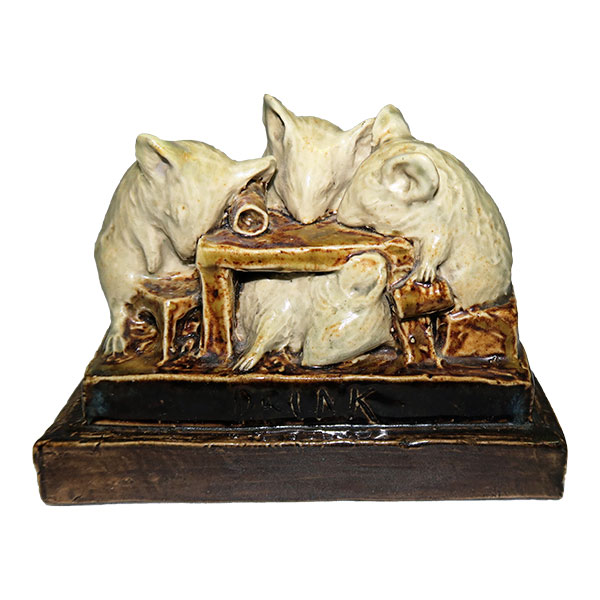
Doulton Drunk Mice George Tinworth
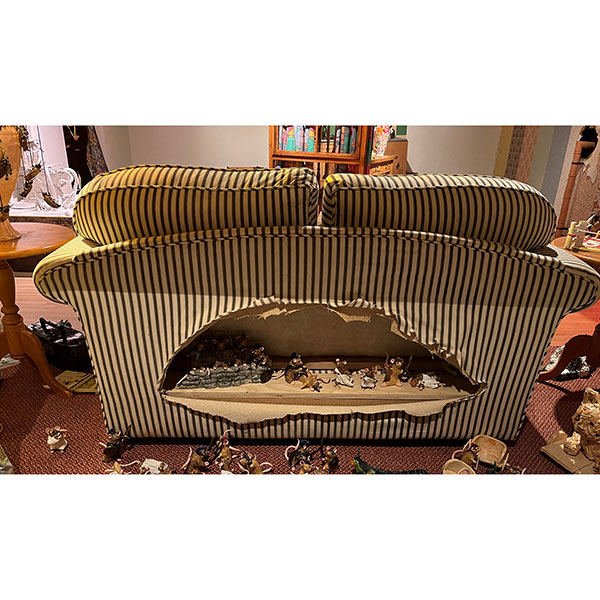
Till Death Do Us Part Lindsey Mendick
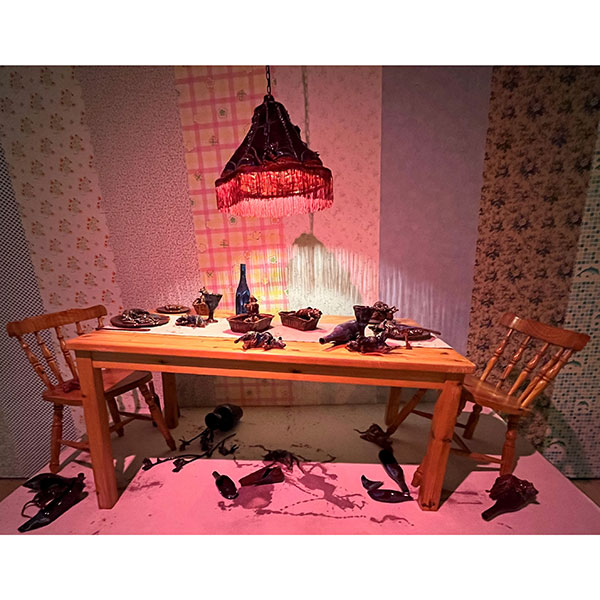
Till Death Do Us Part Lindsey Mendick
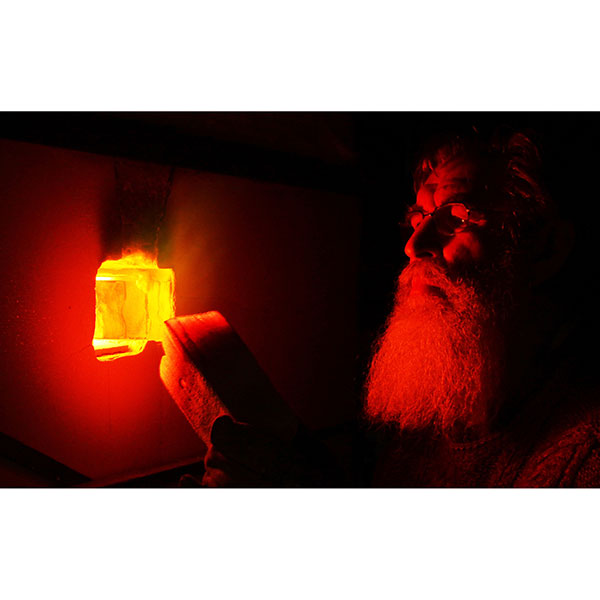
Roger Cockram
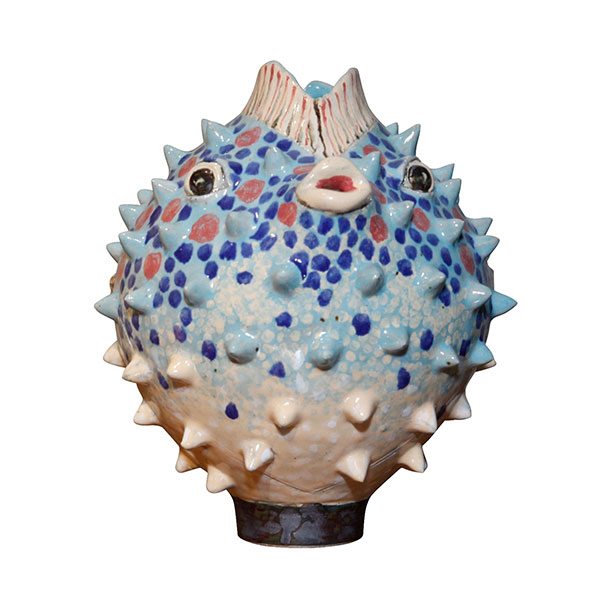
Puffer Fish Roger Cockram
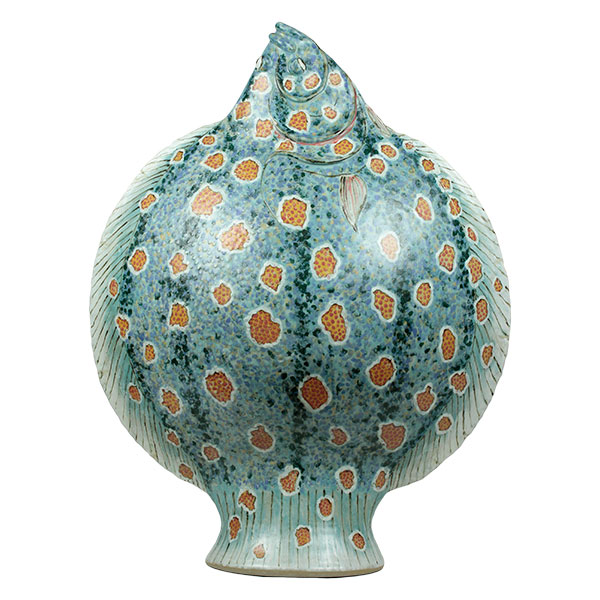
Plaiced on Sea Bed Roger Cockram
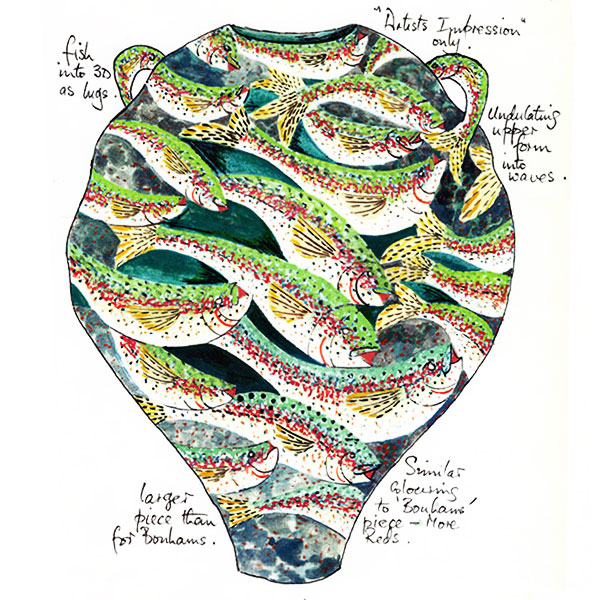
Fish Vase Design by Roger Cockram
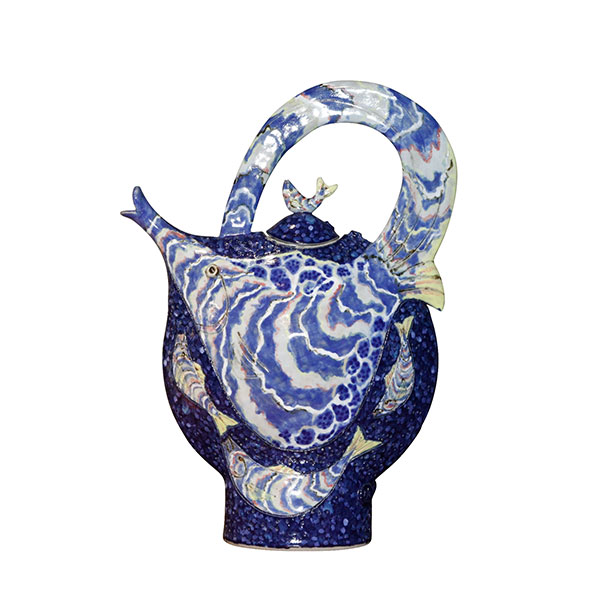
Kissing Fish Teapot Cockram
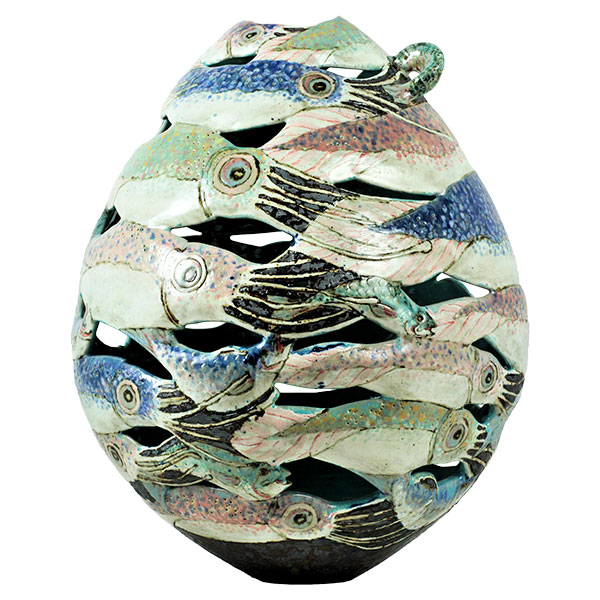
Shoal of Squid Roger Cockram
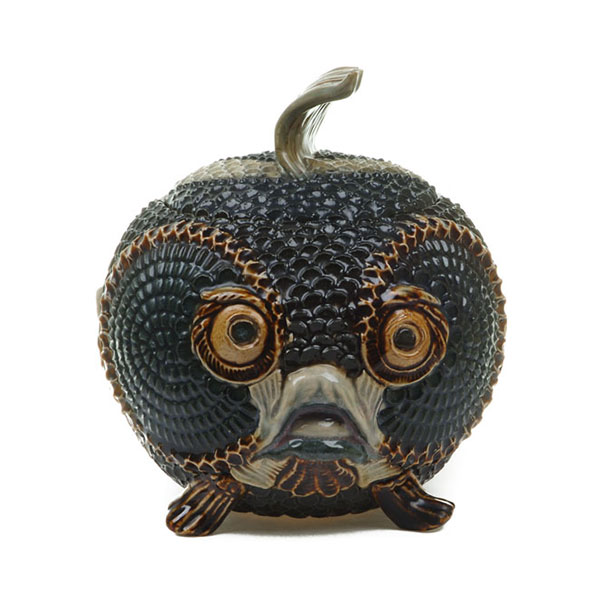
Doulton Puffer Fish Mark V. Marshall
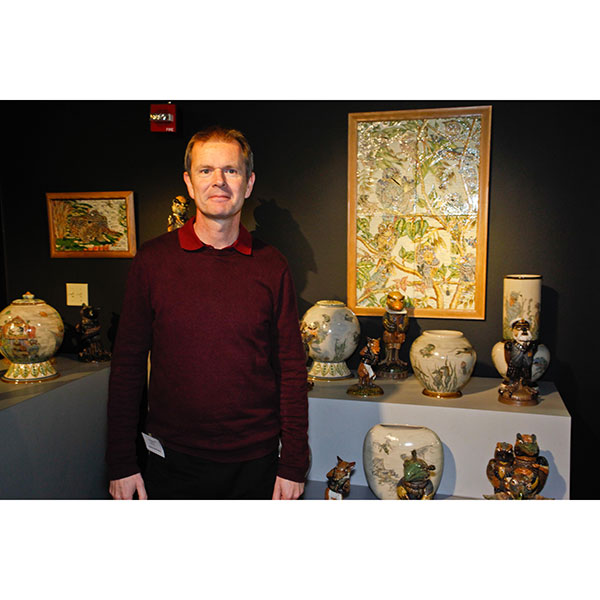
Andrew Hull with WMODA exhibition
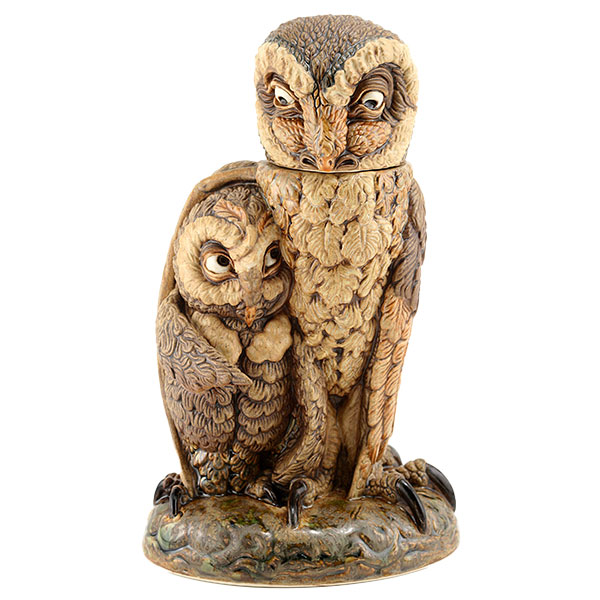
Owl Watch Andrew Hull
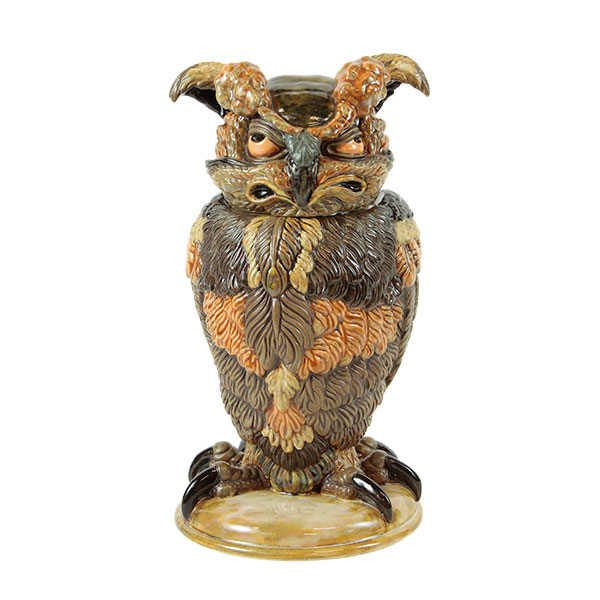
Oswald the Owl Andrew Hull
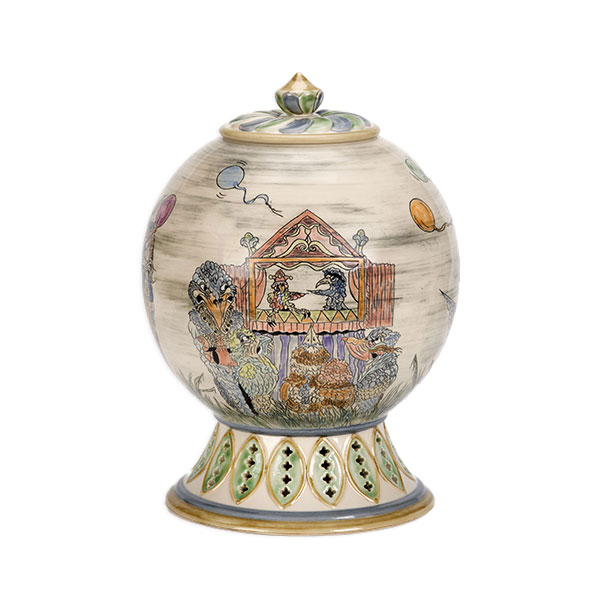
The Fair Andrew Hull
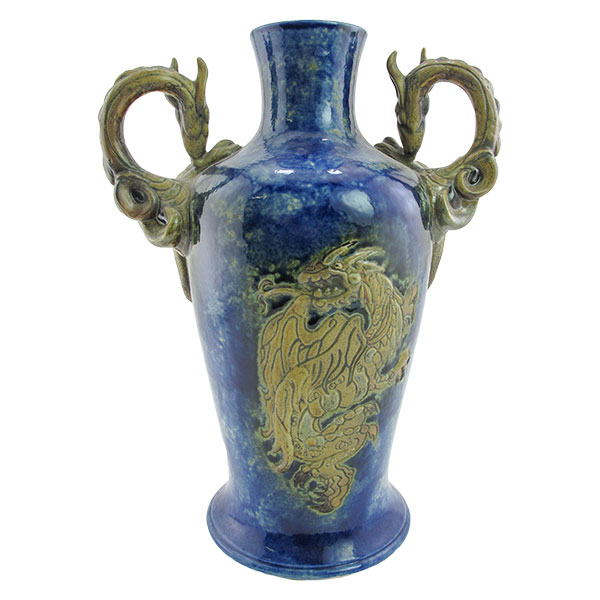
Dragon Vase Andrew Hull
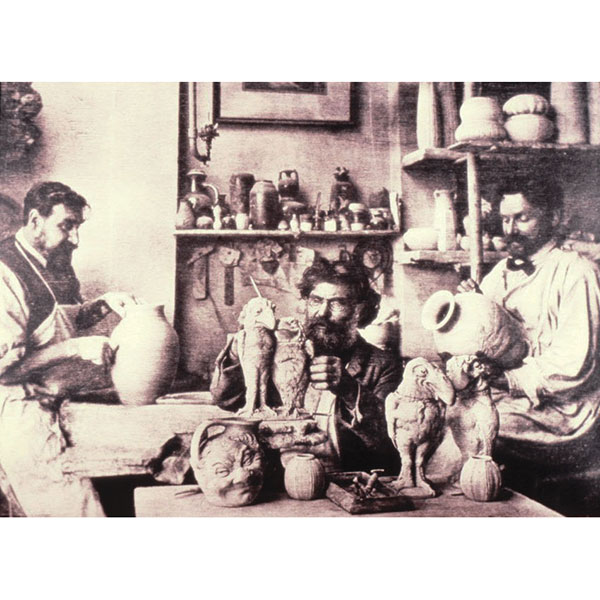
Martin Brothers
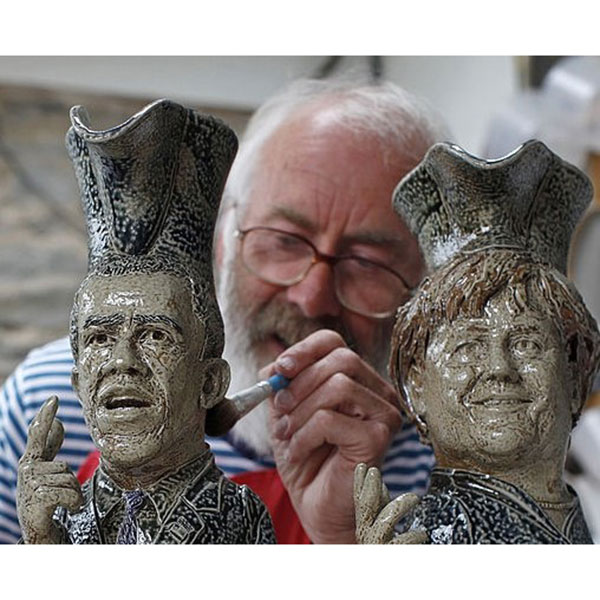
Dr. Peter Meanley at work
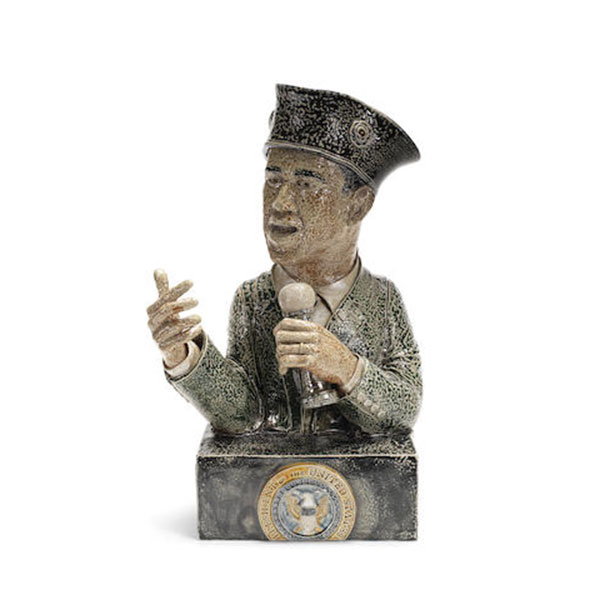
President Obama Peter Meanley
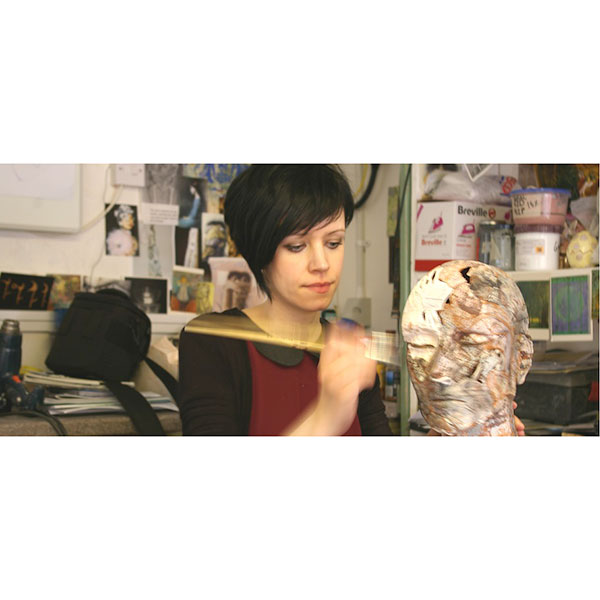
Helen Nottage at work
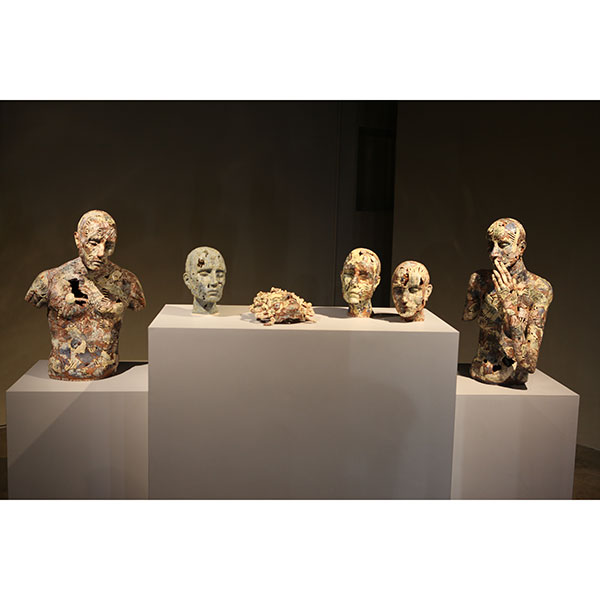
Helen Nottage WMODA exhibit
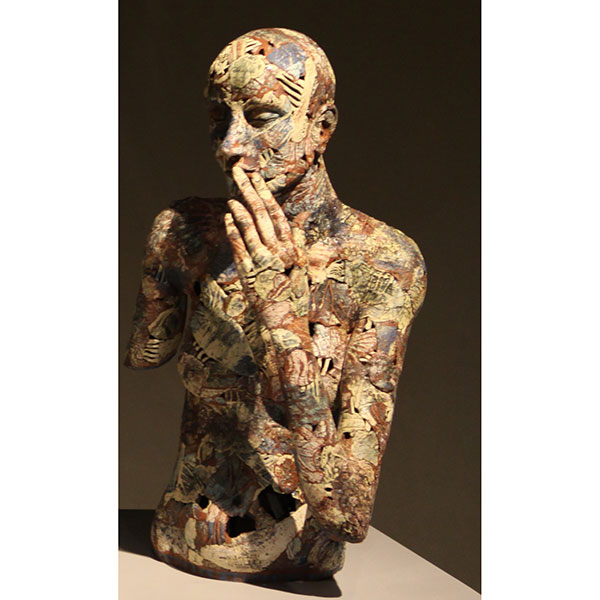
Dialogue Female Helen Nottage
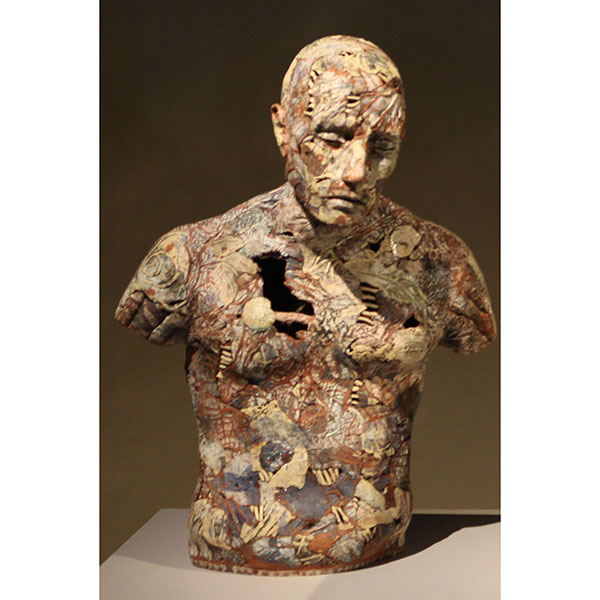
Dialogue Male Helen Nottage
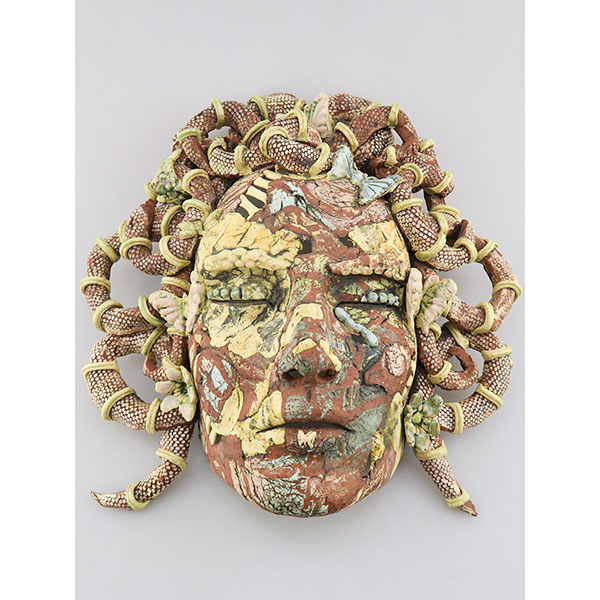
Medusa Mask Helen Nottage
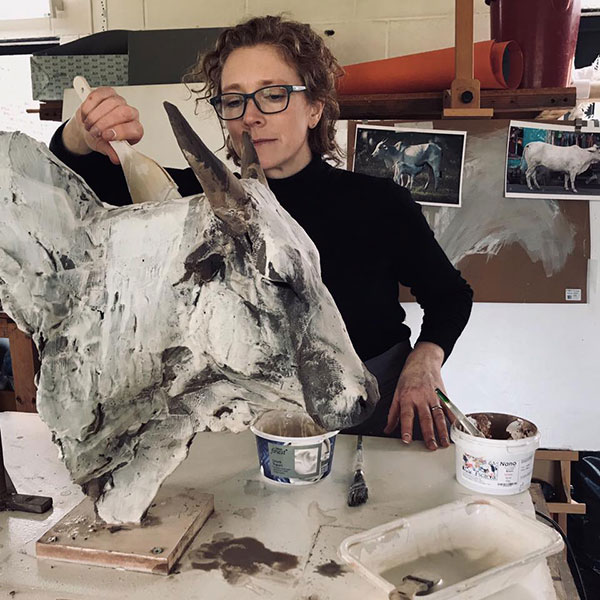
Nichola Theakston
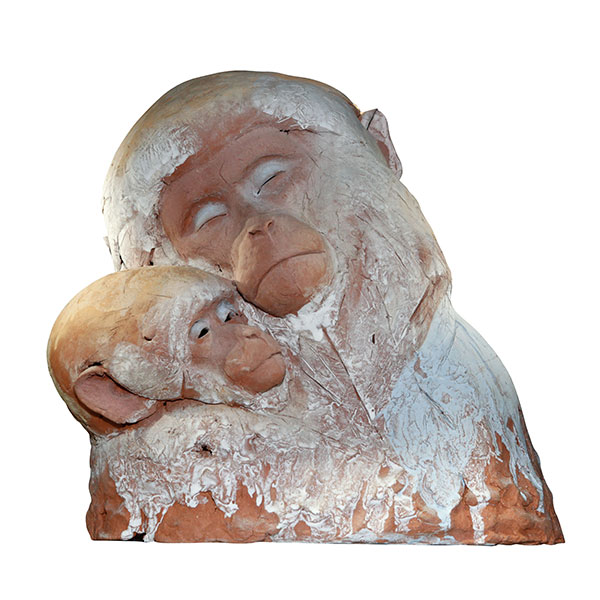
Japanese Macaque Nichola Theakston
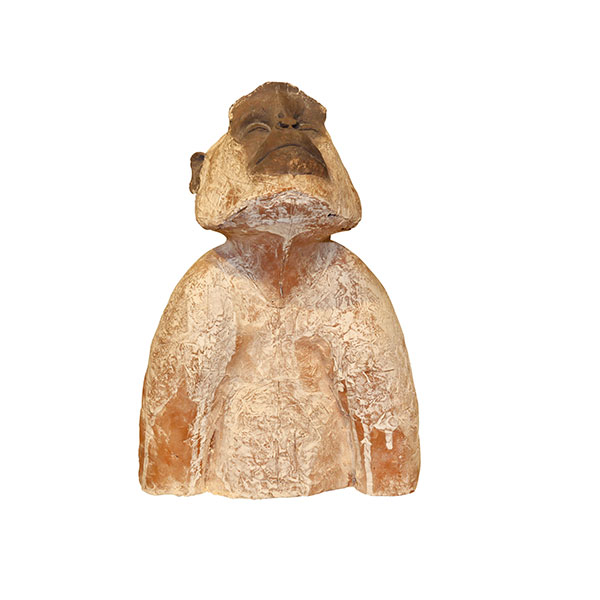
Sacred Langur Nichola Theakston
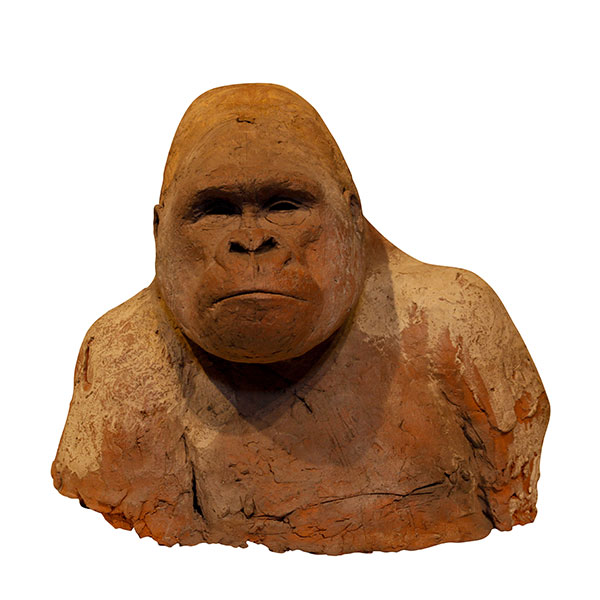
Lowland Gorilla Nichola Theakston
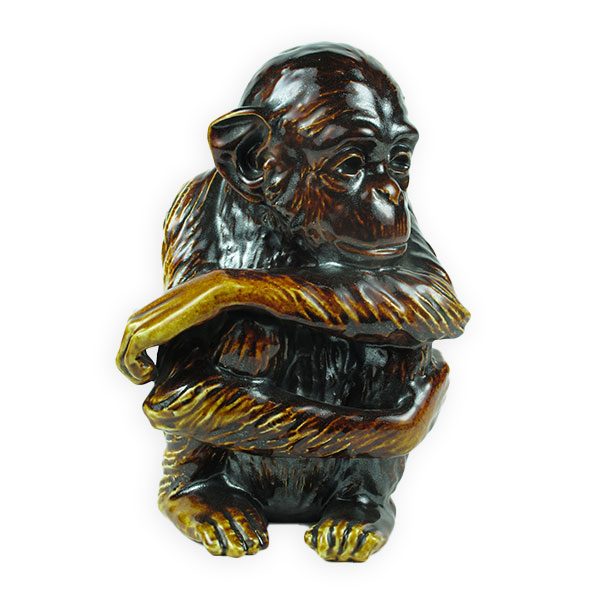
Royal Doulton Ape Leslie Harradine
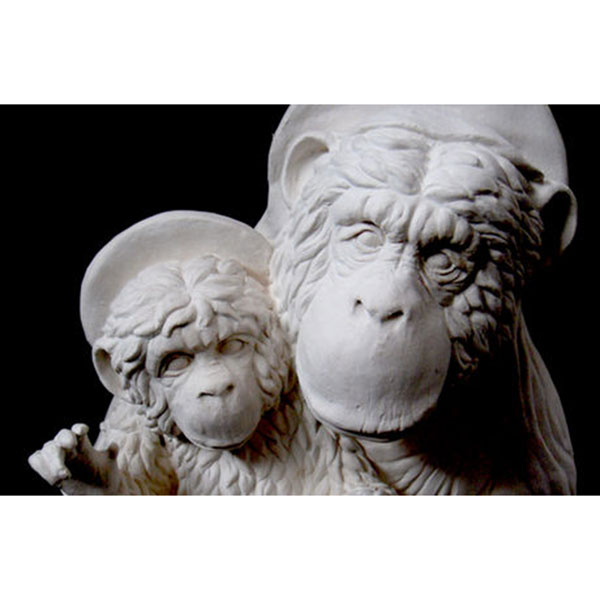
Michele Coxon Detail
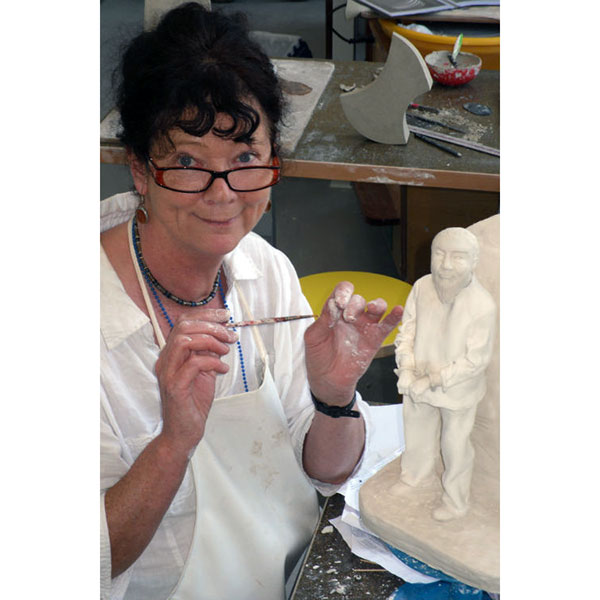
Michele Coxon
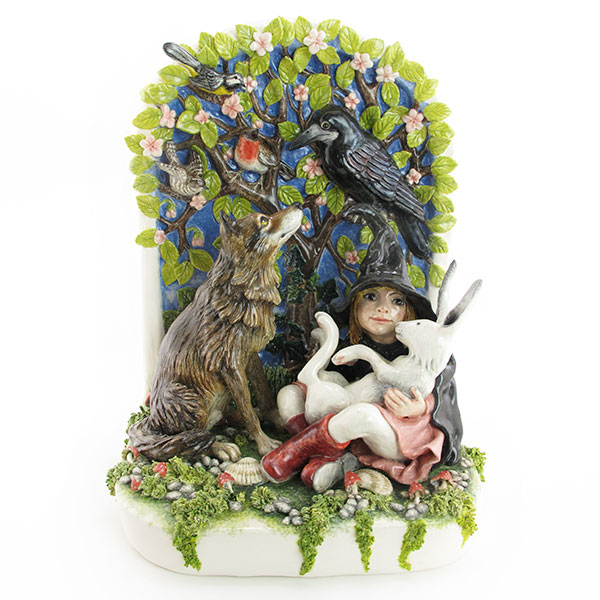
Wet Worried White Rabbit Michele Coxon
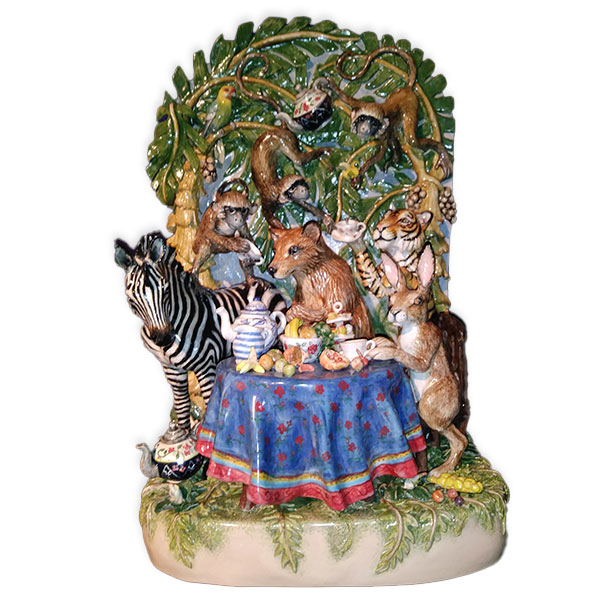
Jungle Tea Party Michele Coxon
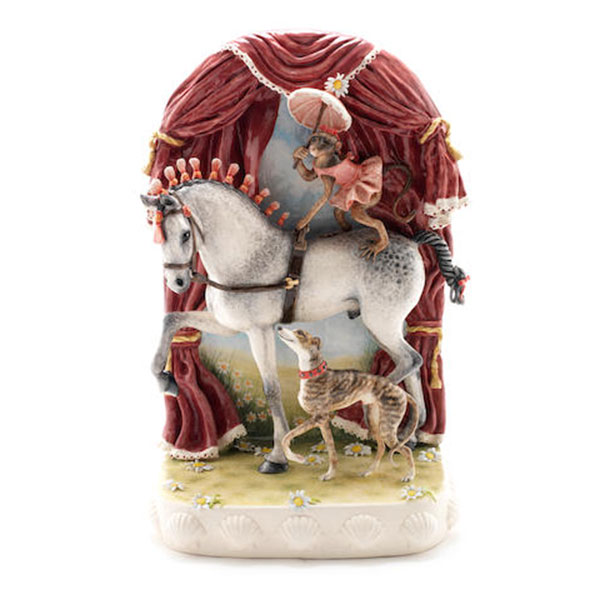
Circus Cavalcade Michele Coxon
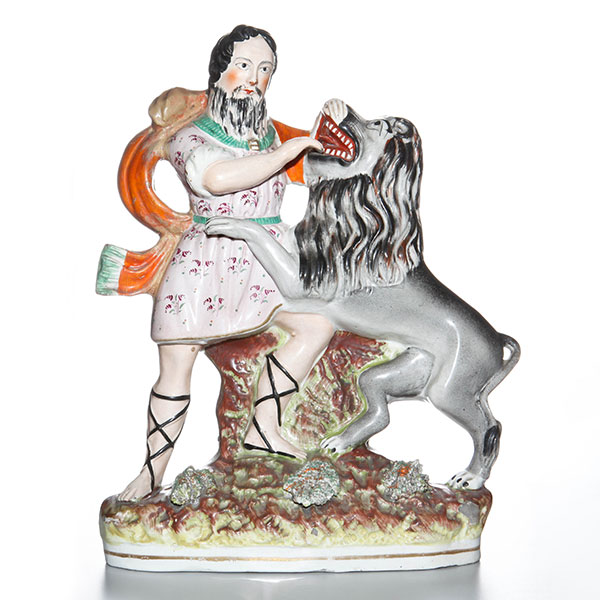
Staffordshire Figure of Isaac Van Amburgh
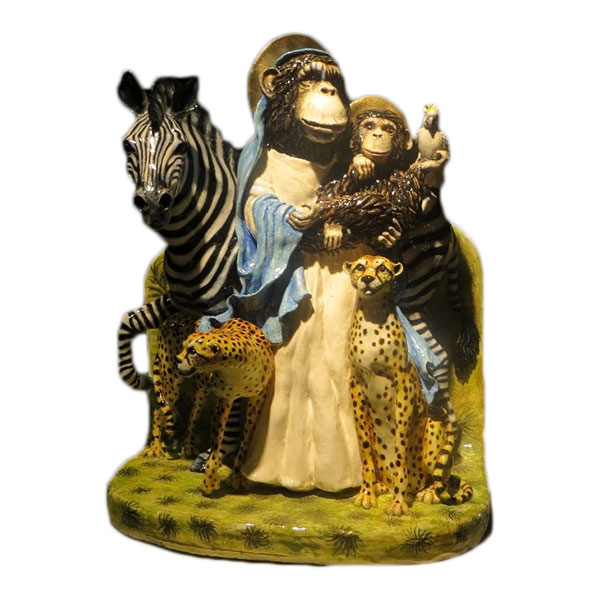
Madonna of the Jungle

Michele Coxon Detail
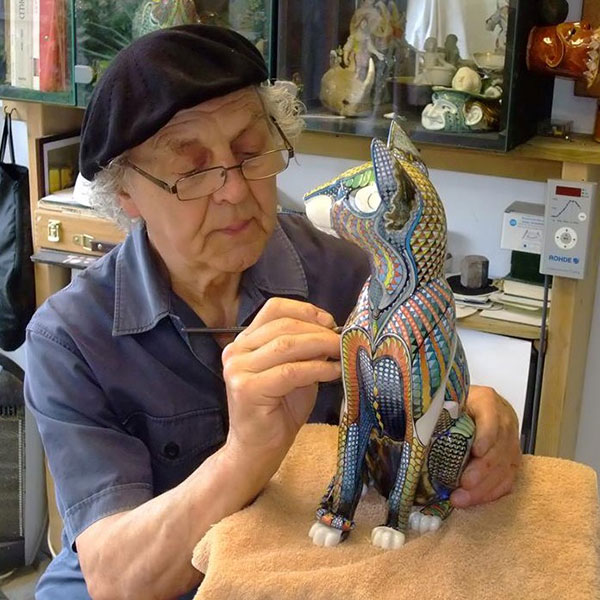
David Burnham Smith
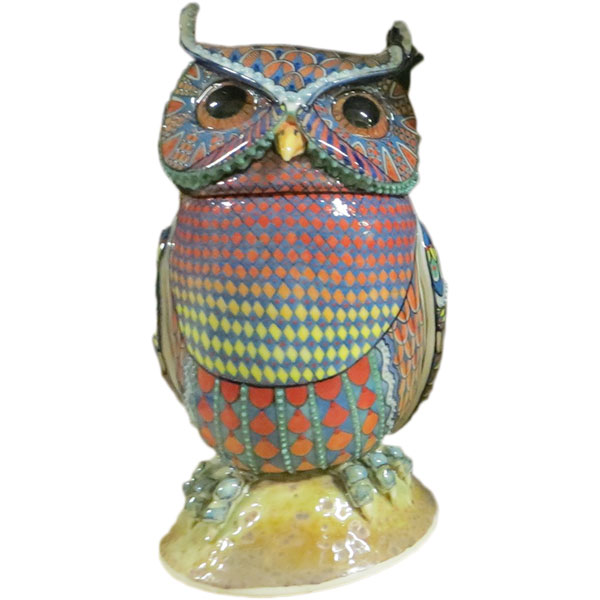
Owl David Burnham Smith
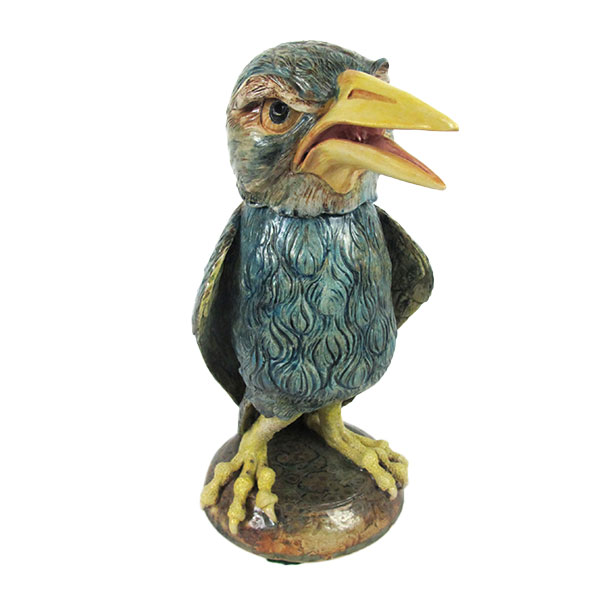
Squawking Bird David Burnham Smith
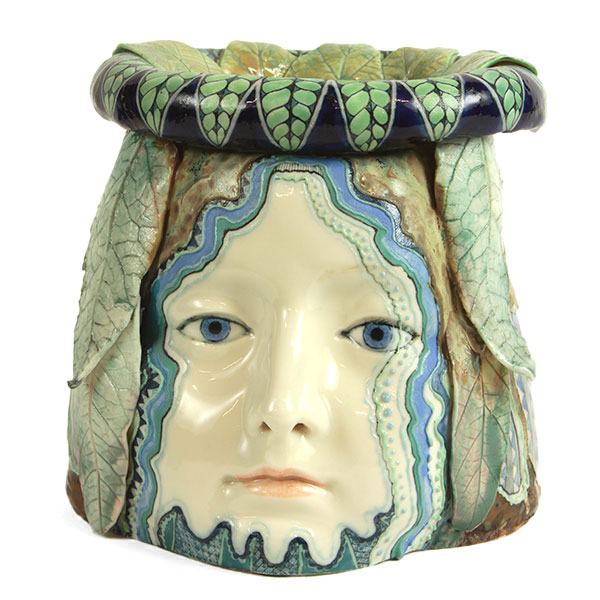
Woodspirit Vase David Burnham Smith
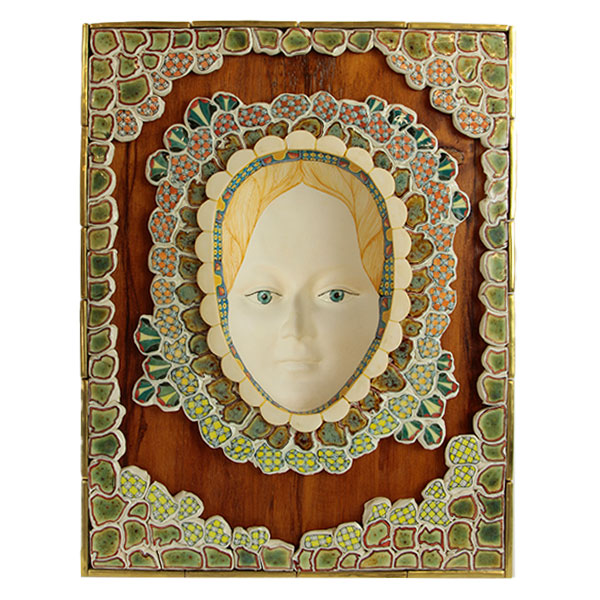
Ophelia David Burnham Smith
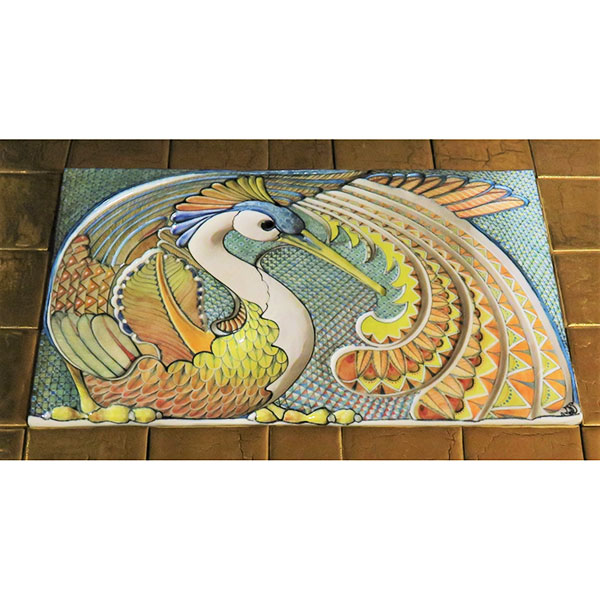
Exotic Bird Panel David Burnham Smith
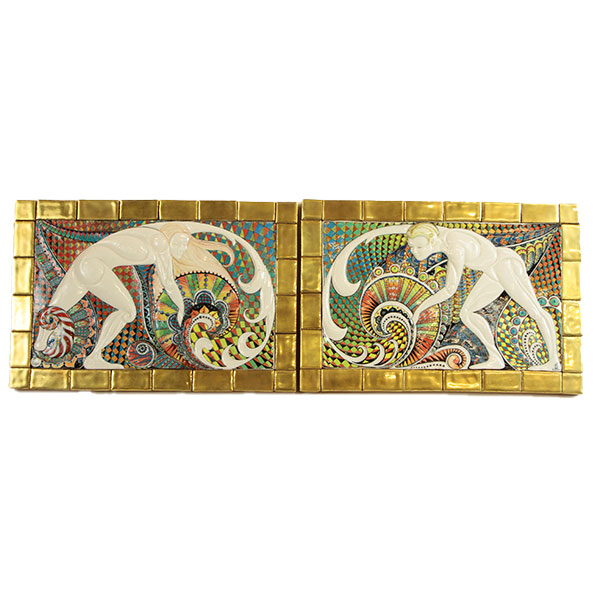
Adam and Eve David Burnham Smith
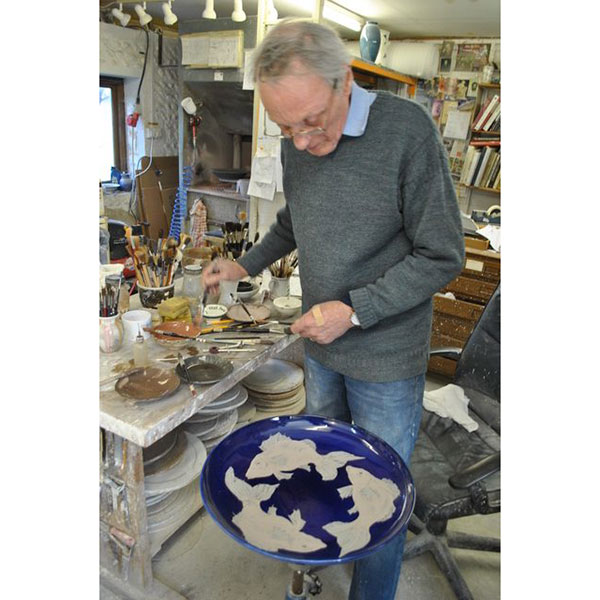
Jonathan Chiswell Jones
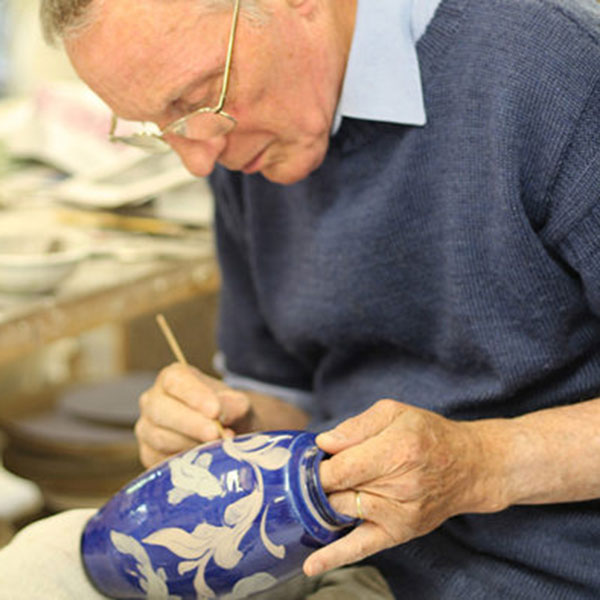
Jonathan Chiswell Jones
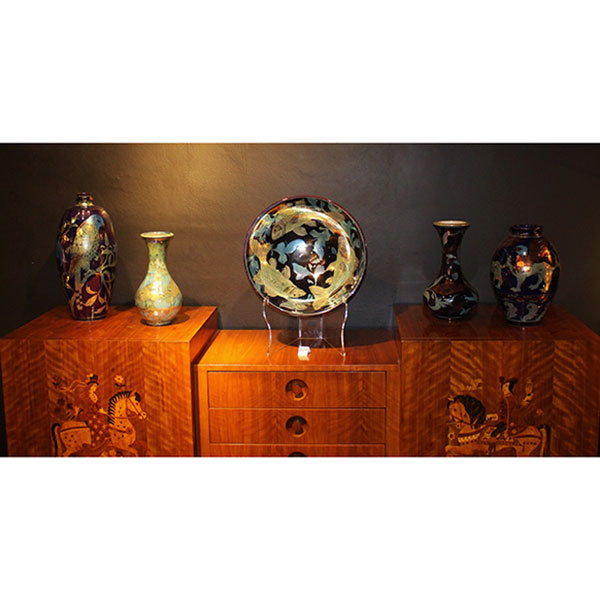
Jonathan Chiswell Jones Exhibition WMODA
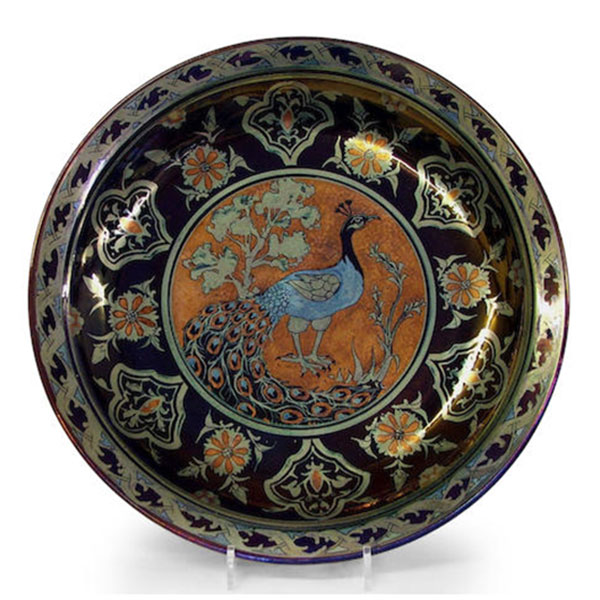
Peacock Charger Jonathan Chiswell Jones
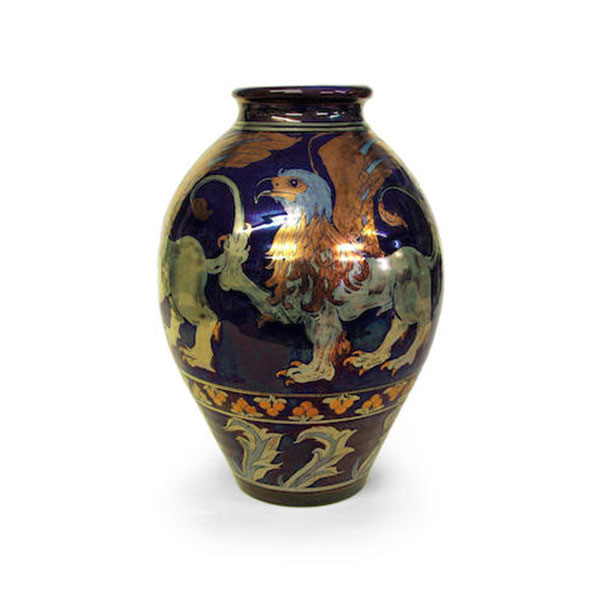
Griffins Vase Jonathan Chiswell Jones
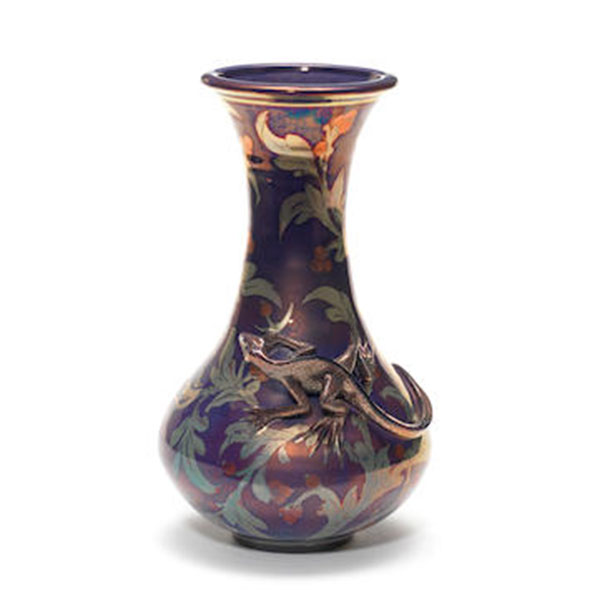
Lizard Vase Jonathan Chiswell Jones
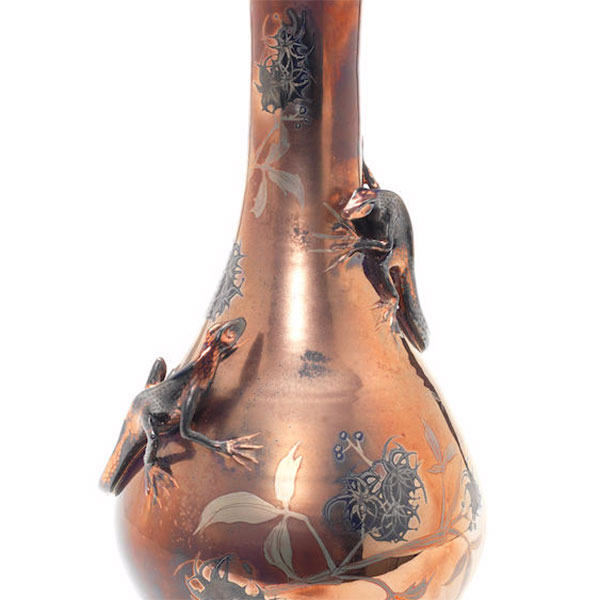
Lizards Vase Detail Jonathan Chiswell Jones
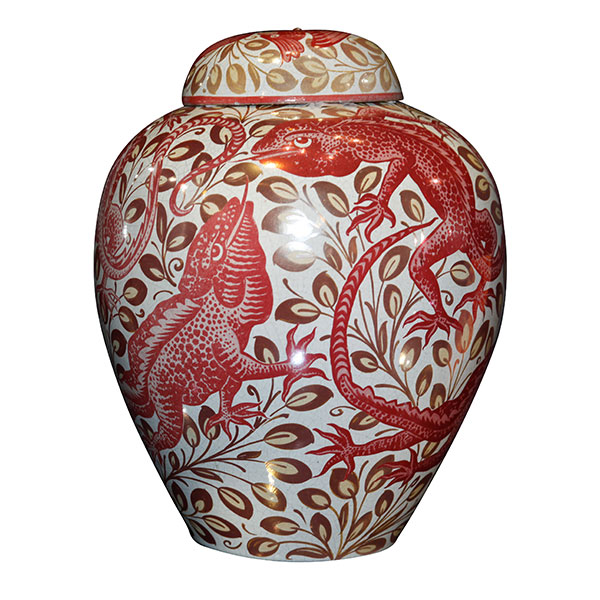
Ruby Luster Salamander Vase William De Morgan
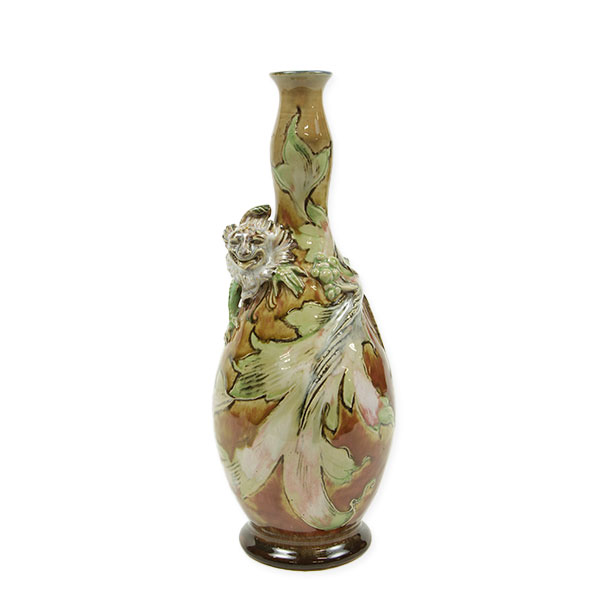
Doulton Reptile Vase Mark V. Marshall
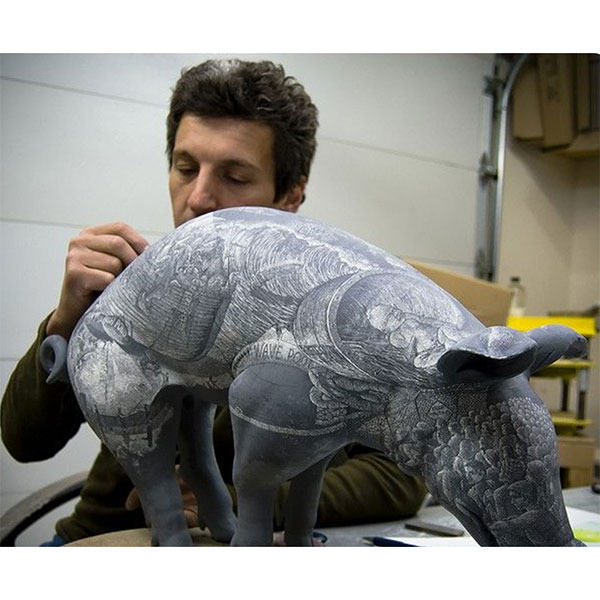
David Regan
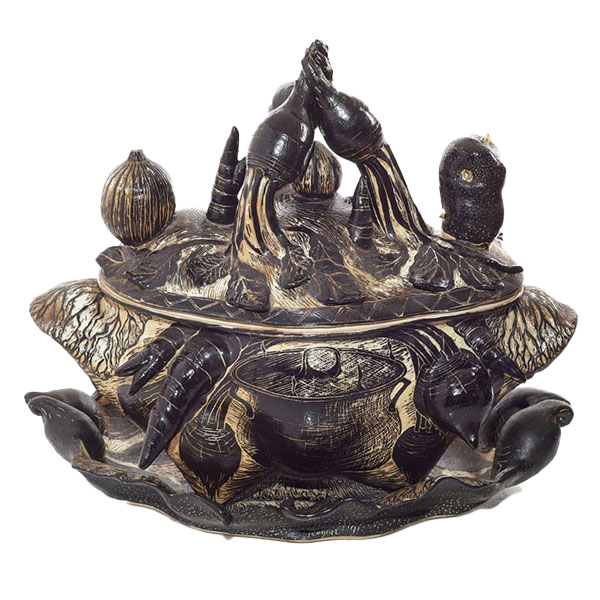
Borscht Tureen David Regan
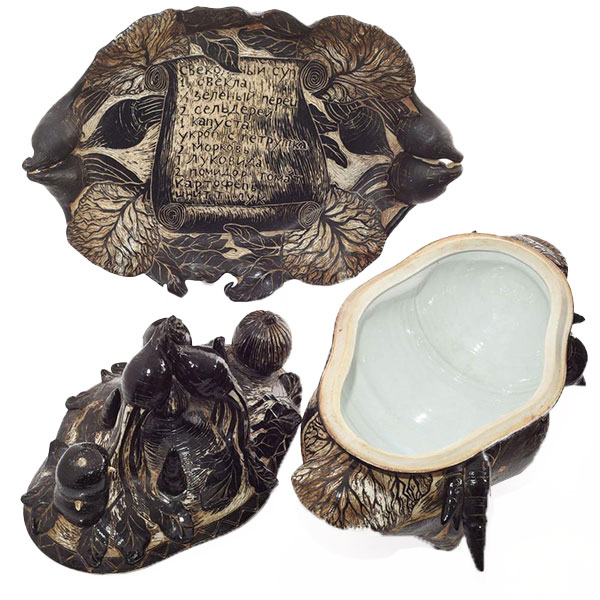
Borsht Tureen Inside David Regan
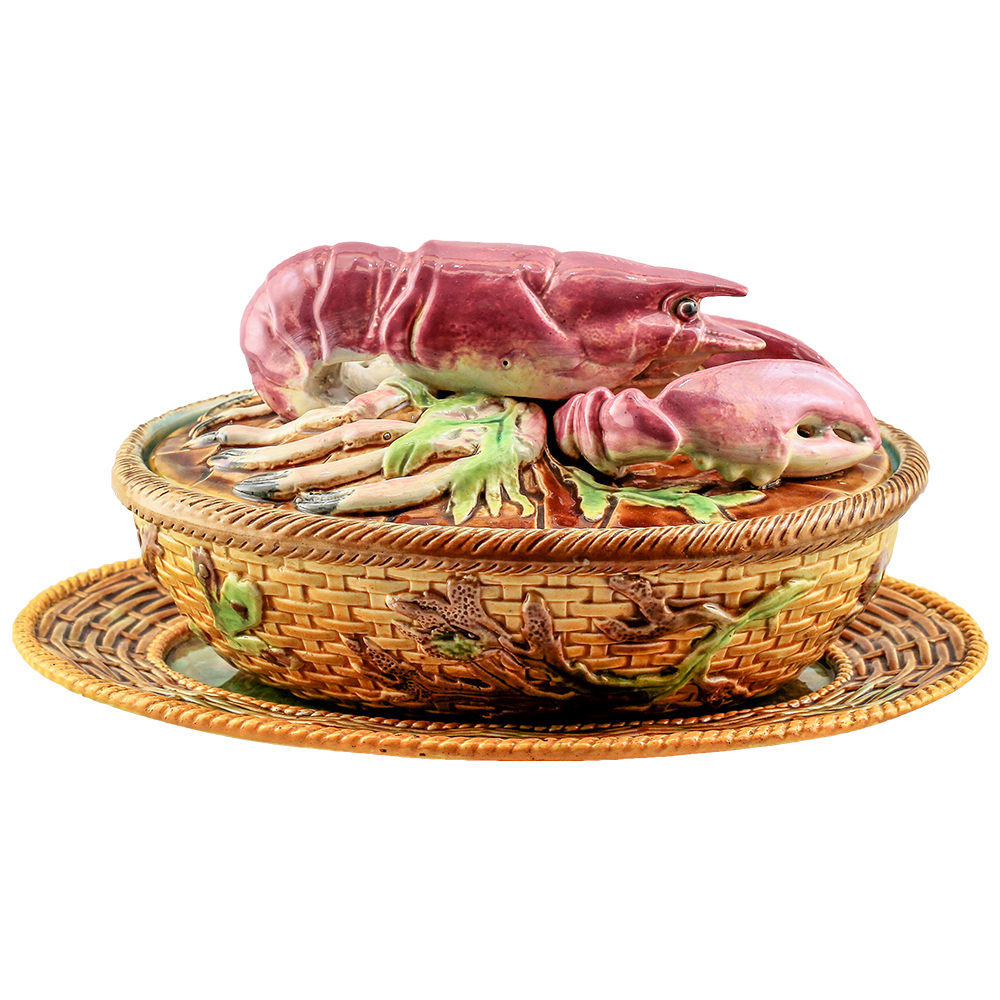
George Jones Majolica Lobster Tureen

Minton Game Pie Dish
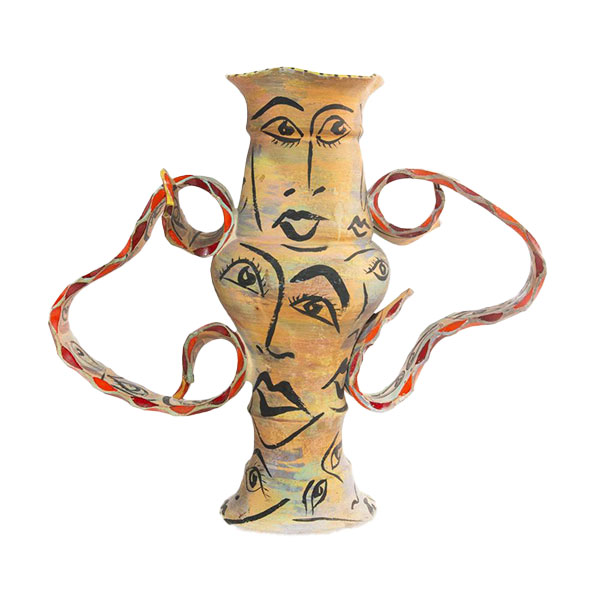
Sculptural Vase Philip Maberry
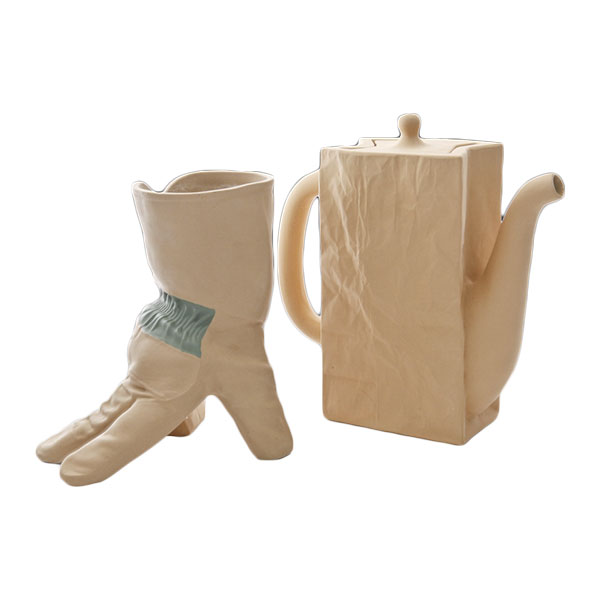
Gardener's Glove and Paper Bag Pot Michael Harvey
